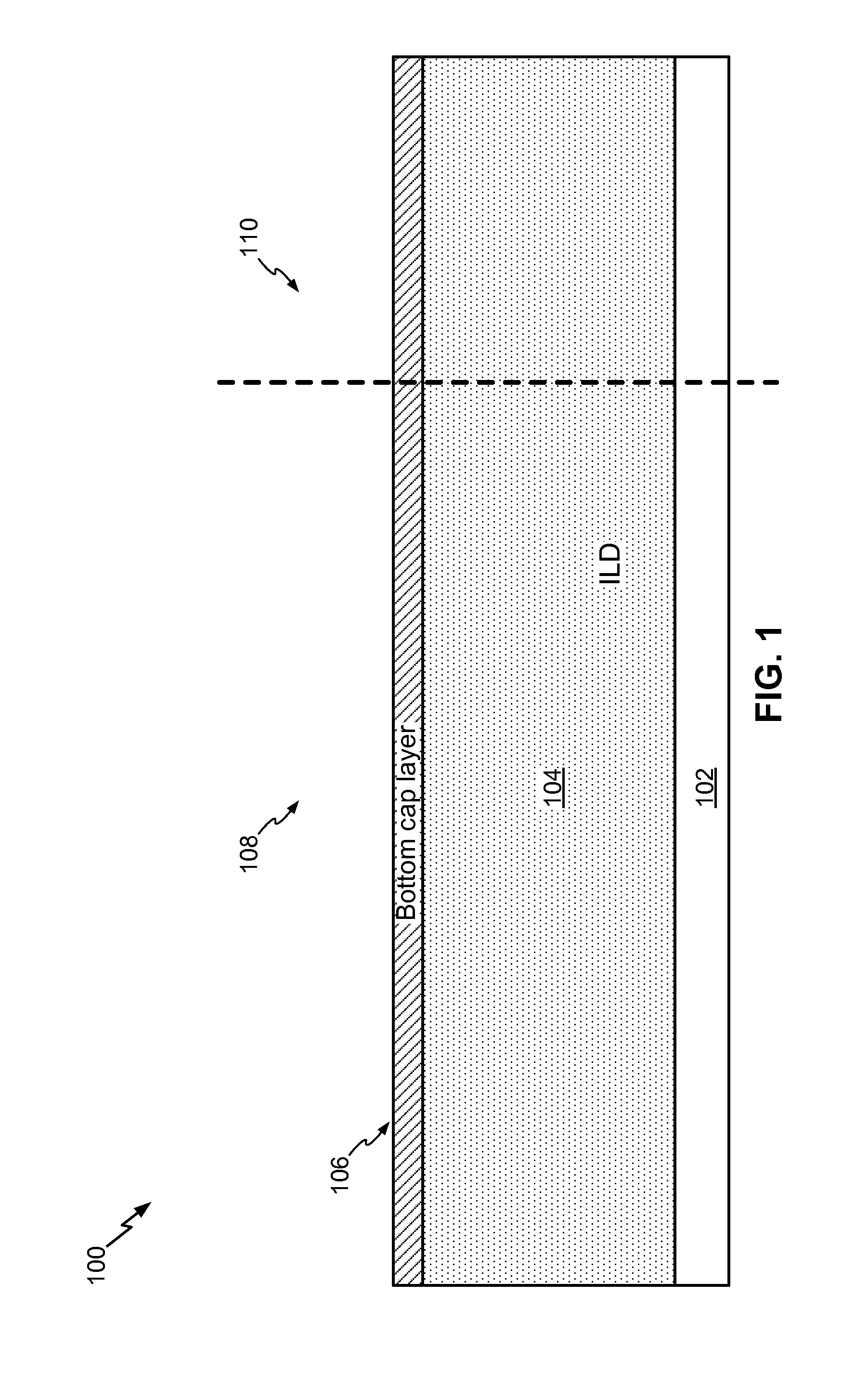Magnetic tunnel junction device and fabrication
a technology of magnetic tunnel junction and device, which is applied in the direction of semiconductor devices, digital storage, instruments, etc., can solve the problems of reducing the tunneling magnetoresistance (tmr) of the mtj elements, affecting the integration of both types of processes together, and adding to the surface roughness in the mram areas. , to achieve the effect of avoiding the formation of recesses, avoiding surface roughness concerns, and avoiding damage to logic layers in the logi
- Summary
- Abstract
- Description
- Claims
- Application Information
AI Technical Summary
Benefits of technology
Problems solved by technology
Method used
Image
Examples
Embodiment Construction
[0022]Particular embodiments of the present disclosure are described below with reference to the drawings. In the description, common features are designated by common reference numbers through the drawings. Referring to FIG. 1, a first illustrative diagram of at least one stage in the process of fabricating a magnetic tunnel junction (MTJ) device is depicted and generally designated 100. A first insulating layer 104 may be formed above a substrate 102. The substrate 102 represents any underlying layer, such as a cap layer for other underlying layers. For example, the first insulating layer 104 may be formed of material that is deposited on the substrate 102. A bottom cap layer 106 may be formed above the first insulating layer 104. For example, the bottom cap layer 106 may be formed of material that is deposited on the first insulating layer 104. In a particular embodiment, the bottom cap layer 106 includes silicon carbide (SiC) or silicon nitride (SiN, etc.). An MRAM area 108 of a...
PUM
 Login to View More
Login to View More Abstract
Description
Claims
Application Information
 Login to View More
Login to View More - R&D
- Intellectual Property
- Life Sciences
- Materials
- Tech Scout
- Unparalleled Data Quality
- Higher Quality Content
- 60% Fewer Hallucinations
Browse by: Latest US Patents, China's latest patents, Technical Efficacy Thesaurus, Application Domain, Technology Topic, Popular Technical Reports.
© 2025 PatSnap. All rights reserved.Legal|Privacy policy|Modern Slavery Act Transparency Statement|Sitemap|About US| Contact US: help@patsnap.com



